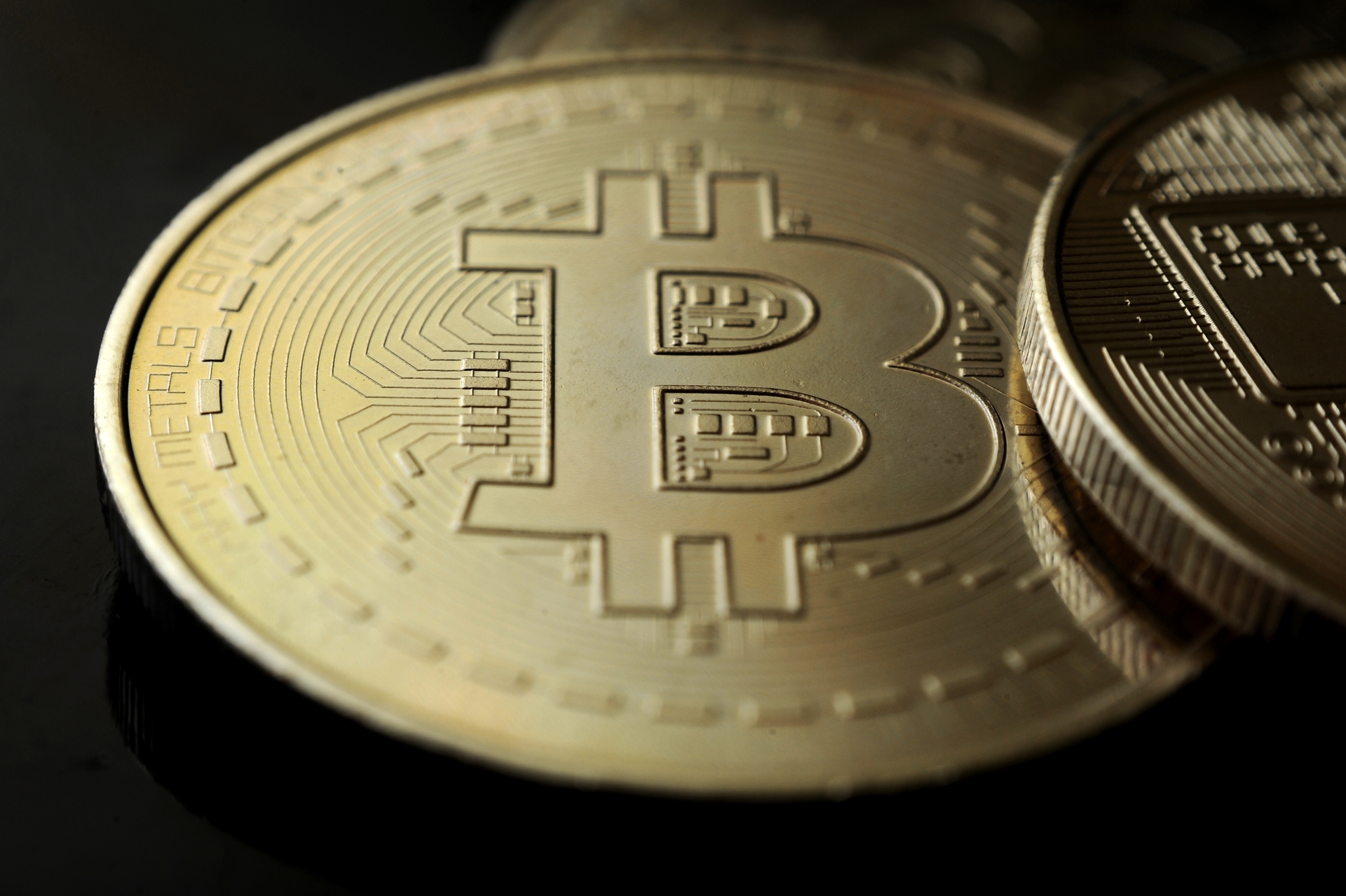- In 2020, the
COVID-19 pandemic
has become a serious challenge both for the global economy as a whole and specifically for the global financial sector.
In your opinion, how exactly has the coronavirus affected the cryptocurrency market?
- Last year, global markets faced unprecedented volatility and instability in economies and countries that were already quite vulnerable.
Against the backdrop of general uncertainty, accelerating inflation and the negative impact of the coronavirus on traditional financial assets, many people began to pay more attention to bitcoin and other cryptocurrencies as an alternative way of investing money.
This is what pushed the cryptocurrency market to new heights.
The interest in digital money on the part of traditional investors has grown significantly, and the number of corporate clients has noticeably increased.
At the end of 2020, the number of institutional clients attracted to the exchange exceeded the 2019 indicator by 68%.
The long-term economic impact of the coronavirus is unknown.
In addition, we are still in the midst of serious economic turmoil and historical volatility, so I believe that Bitcoin and other cryptocurrencies will continue to rise in price and will be at the forefront of positive changes.
RIA News
© Alexey Sukhorukov
- How in these conditions can the bitcoin rate change in the near future?
- The development of the cryptocurrency industry in 2020 has laid a new foundation for further growth.
Macroeconomic conditions of the past year, exacerbated in part by the pandemic, will continue to influence institutional investors and push them to find new ways to protect money from inflation.
Against this background, we saw how bitcoin again reached its price peak in March, and, in my opinion, there is a high probability that in the future the rate could reach $ 100 thousand per coin.
- Against the background of the rapid rise in bitcoin prices, many experts again began to warn of the threat of a financial bubble. How justified are these fears, from your point of view?
- We do not expect that the rapid rise in the bitcoin rate can lead to the formation of a bubble.
It is no secret that there are more volatile and unpredictable instruments on the market than cryptocurrencies.
For example, the same Tesla shares, but few people think that investing in this asset can also be risky.
At the same time, the demand for cryptocurrencies remains stable, and we believe that it will continue to grow gradually as more companies accept digital coins as a payment method.
- How popular are cryptocurrencies in Russia? What digital coins do Russians buy most often?
- Russia is one of the most active markets in the global crypto industry.
According to a survey of Binance users in Russia and the CIS, bitcoin is a key crypto asset among Russians (60.5%).
Ethereum and Binance Coin are also in the top 3 among Russian investors.
- In October 2020, the Bank of Russia announced the idea of creating and implementing a digital ruble. How can such actions of the regulator affect the Russian digital money market?
- Now many central banks are engaged in large-scale research of this market and are already conducting various experiments with its implementation.
From the point of view of the penetration of blockchain technologies into the daily life of people, such initiatives command only respect.
In our opinion, the main positive result of the introduction of the digital ruble will be the provision of effective substitution of funds, combined with control over the illegal use of the asset.
Also, the launch of a national cryptocurrency will reduce the negative consequences for banks by reducing their role in creating money.
- What are the advantages of cryptocurrencies over real money? In your opinion, is it worth expecting that cryptocurrencies will someday be recognized as a means of payment in most countries?
- Yes, definitely.
About 11% of respondents in a recent global survey by Binance Research said they use cryptocurrency to pay, and for 71.5% of users from Russia and the CIS, it is important to be able to pay for goods and services with cryptocurrency.
Cryptocurrency payments is an area that has made significant progress in the past year, but has yet to gain widespread acceptance.
This may be mainly due to the fact that existing fiat payment systems are still more commonplace and rather difficult to replace quickly.
In this direction, in my opinion, the best strategy may be to combine traditional payment instruments with cryptocurrencies.
- Against the background of the growth in the value of cryptocurrencies, cases of cyber fraud in this area have also increased. How is the fight against fraudulent schemes going? What rules should be followed to secure your crypto assets?
- We detect fraud using both our own threat intelligence channel and working with third-party channels.
Every week we remove over 100 fake websites, apps and social media accounts that use our brand.
Last year, we launched the #StaySAFU campaign to improve the safety of our users. As part of the campaign, we shared statistics on phishing and fraud in the crypto industry, common types of cryptocurrency fraud, social engineering and cyber attacks, ways to protect accounts and savings in cryptocurrency. It is also important to note that we train users to avoid negative security incidents.

